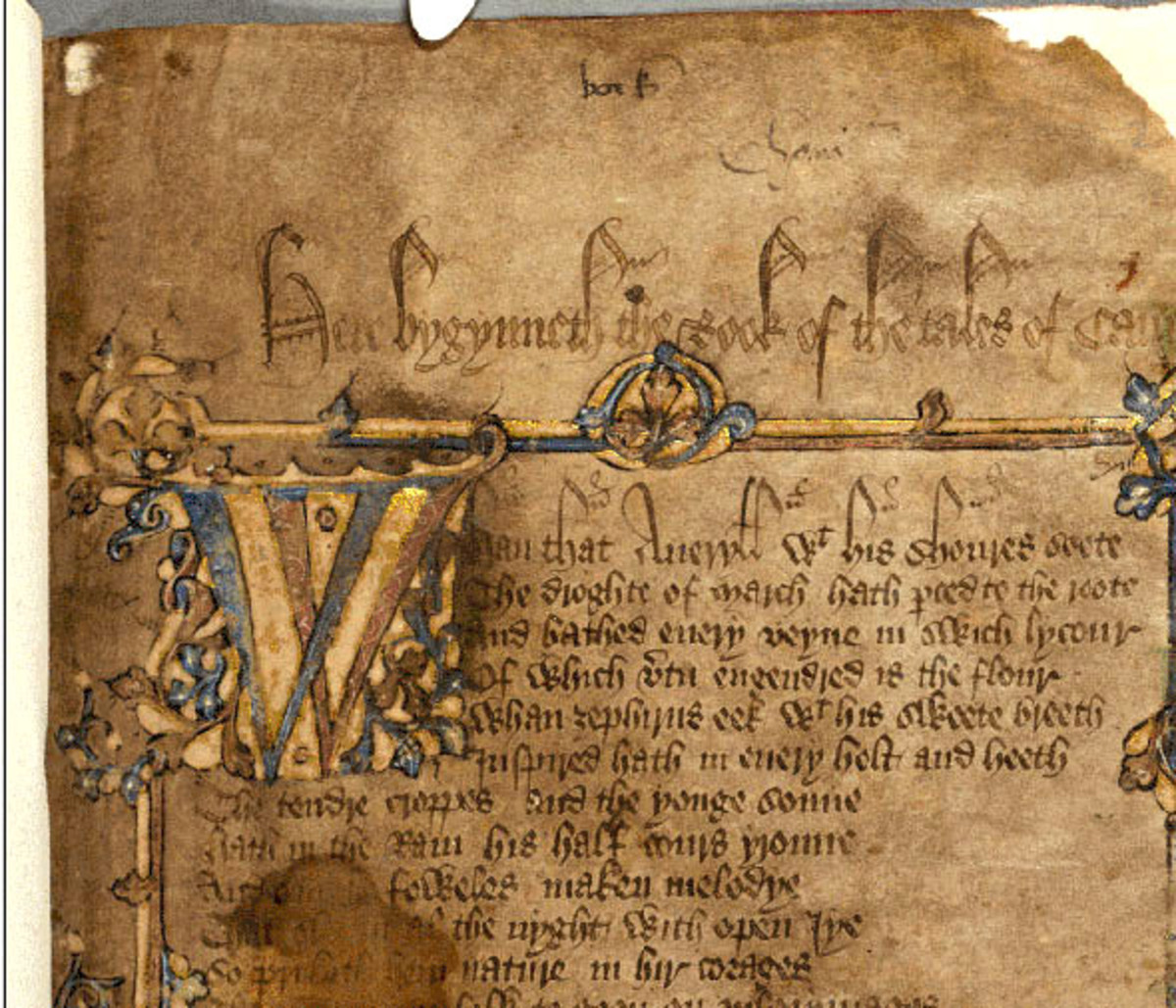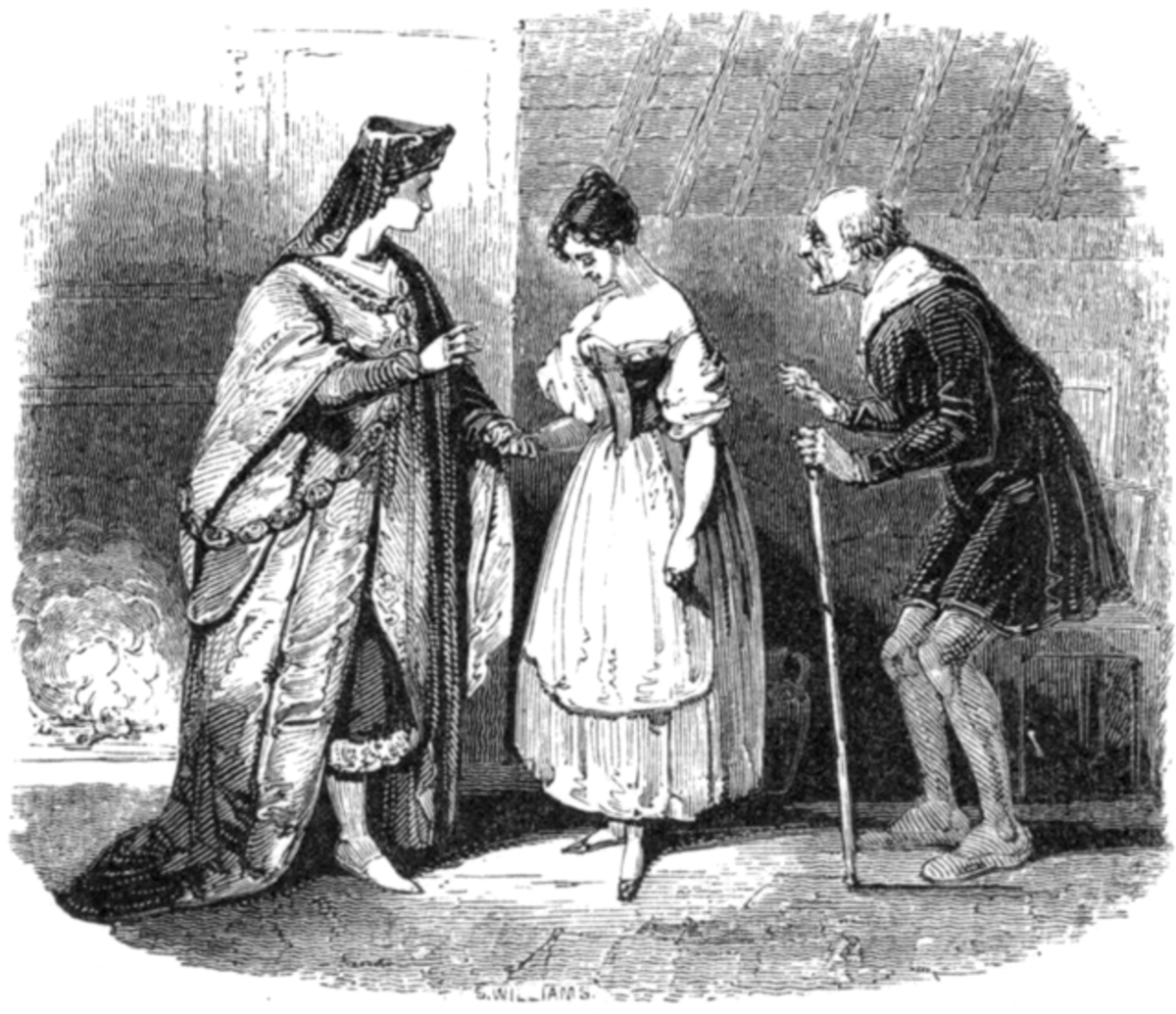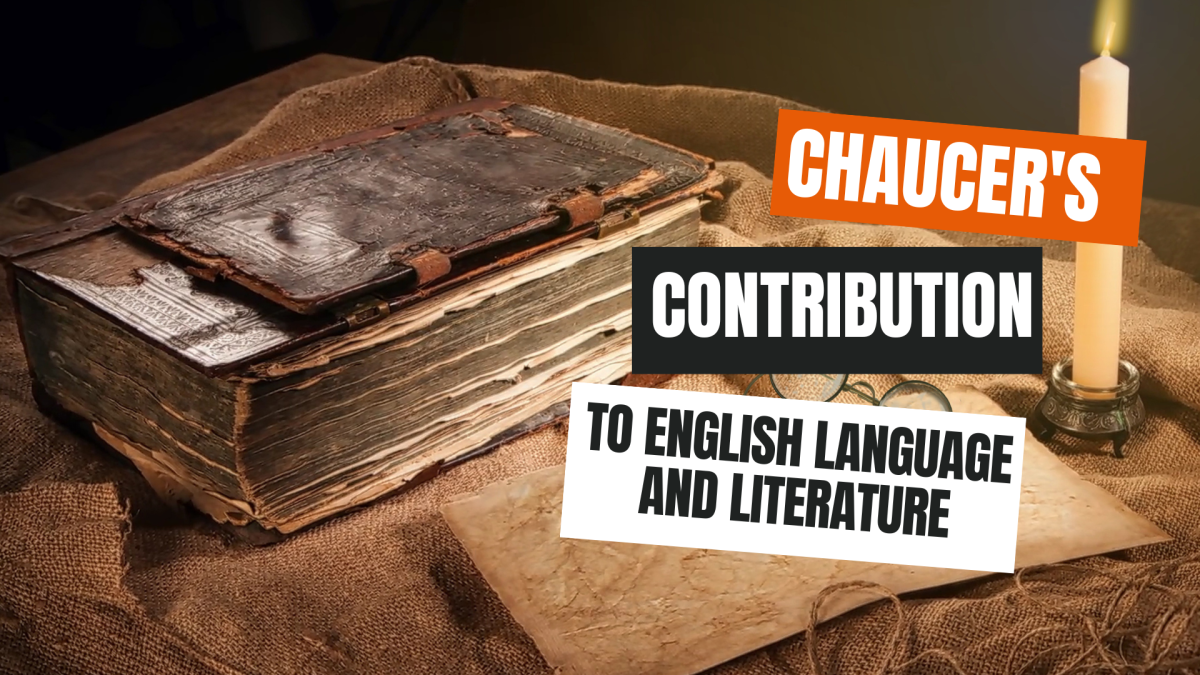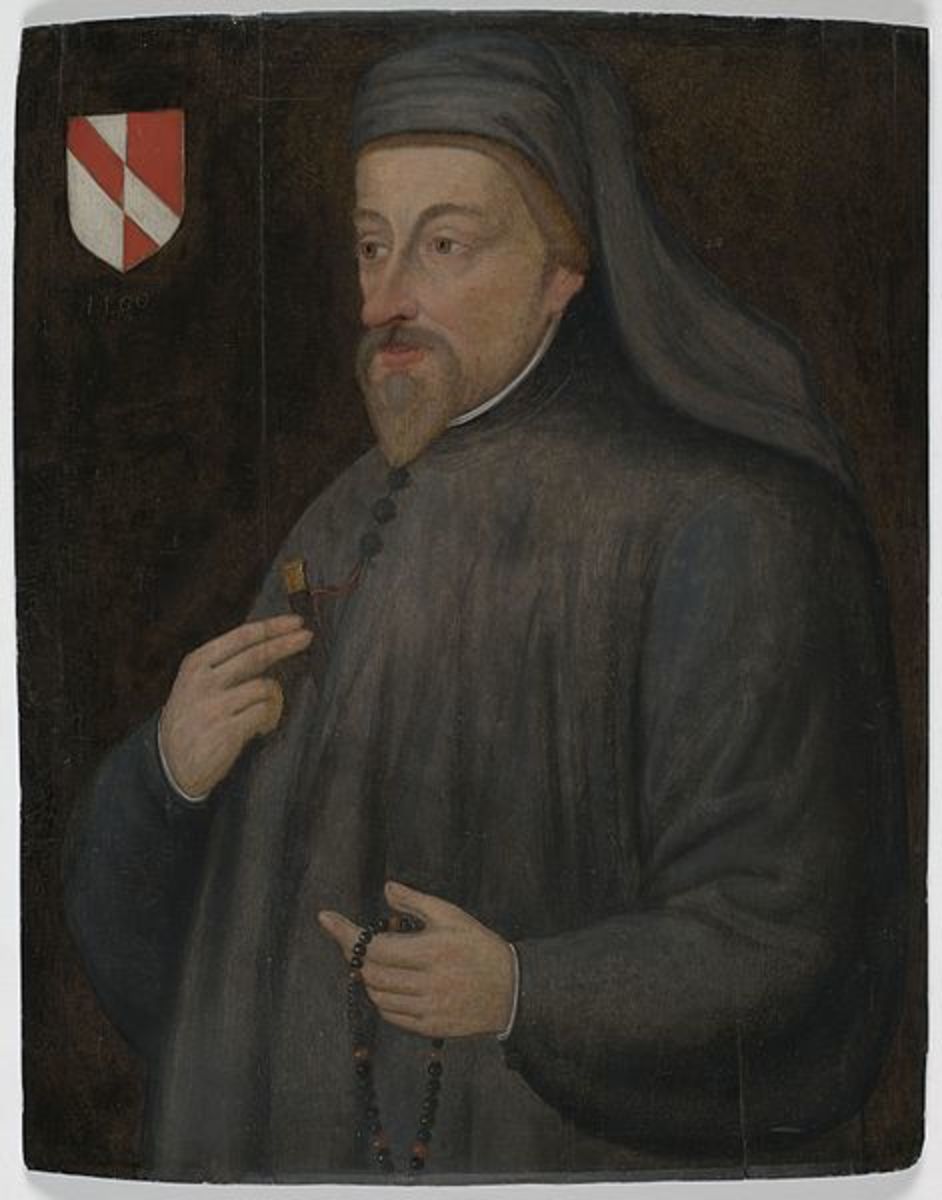- HubPages»
- Books, Literature, and Writing»
- Literature»
- English Literature
Characters as Nonpareils in Canterbury Tales by Geoffrey Chaucer
Geoffrey Chaucer wrote the Canterbury Tales, a collection of stories, at the end of the fourteenth century. The collection includes a prologue, in which the characters gather together at an inn before embarking on a pilgrimage. The innkeeper challenges the travelers to a story-telling contest along their journey. What follows is not just a group of stories from the different members of the group, but a critical analysis of the social and religious fabric of fourteenth-century England.
In Canterbury Tales, Chaucer fashions his characters as nonpareils as a means of providing social commentary. Literally meaning "peerless," a nonpareil is a character that can be considered the ultimate embodiment of that which he or she is supposed to represent, for example certain professions, personality types, or categories or elements of society.
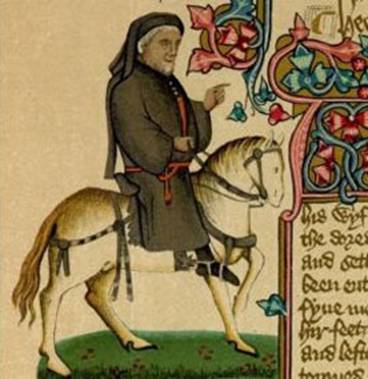
On the one hand, the use of nonpareils makes for a story full of stock characters-- cliched characters lacking in complexity or depth. In such cases, the purpose of the text becomes less character-driven, and the characters themselves only serve as vehicles to propel another primary purpose of the work such as a theme, event, or message. In general, the use on nonpareils makes us look beyond the character or story to consider the intent or message of the author. Nonpareils are also common in fairy tales and folklore, which exist to advancing messages about morality, or to give advice or instruction.
Yet contrary the notion of stock characters is the fact that although these characters are peerless, they are not always what one would typically expect. For example, the prioress, while unparalelled in virtue and goodness, also reads as unparalleled in manners and other more "courtly" virtue. The cook is a nonpareil, yet he is suffering from syphlis.
Ultimately, Chaucer reconciles some of the limitations of using nonpareils by using some deviation from the formula. While these characters can be by and large considered paradigms of what they are supposed to represent, at the same time they serve to highlight certain inconsistencies which might not necessarily be noted if the characters were more ambiguous or dimensional. Such contradictions, the faultless or peerless character seen as frail, fallow, or inconsistent helps to draw to the fore elements of hypocrisy and double-standards within this very society that creates and even idealizes these paradigms.

